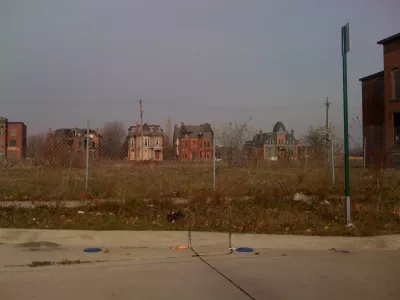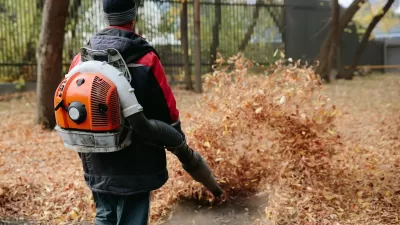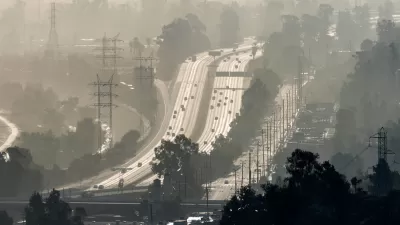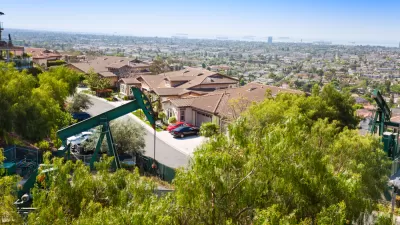The reforestation of Detroit has become a problem for allergy and asthma sufferers in the area.

In 1950 an estimated 1.8 million people lived in Detroit; today that number is closer to 700,000. The land left behind has created an opportunity for plants to reclaim space. "Plants and weeds grow with abandon in the newly exposed soils, and, during their growing seasons, those plants release their pollen loads into the air and into Detroiters’ airways," Lucas Joel writes for Undark Magazine.
Pollen can be an irritant for allergy sufferers and it can worsen asthma attacks. "Detroit currently ranks in the top 10 cities in the U.S. for asthma-related deaths, and a 2016 report revealed that 43.2 percent of asthma-afflicted children who were enrolled in Medicaid in the city had one or more emergency room visits per year for asthma, while the same figure for children in the rest of Michigan stood at 27.5 percent," reports Joel. While the issue of public health involves more than the presence of pollen, pollen is a factor. To make matters worse, it’s difficult to track how much pollen circulates in the area. The only pollen counter is located outside the center of the city, and what’s more, experts believe that pollen counts vary even at the neighborhood level.
Daniel Katz at the University of Michigan School of Public Health is trying to get to the bottom the question of where the pollen is with measuring devices. Katz hopes that mapping the type and volume of pollen around the city can help better inform officials and allergy sufferers as to where the pollen is and how to deal with it.
FULL STORY: As the Forest Moves Back in, Pollen Is on the Rise in Detroit

Montreal Mall to Become 6,000 Housing Units
Place Versailles will be transformed into a mixed-use complex over the next 25 years.

Planetizen Federal Action Tracker
A weekly monitor of how Trump’s orders and actions are impacting planners and planning in America.

DARTSpace Platform Streamlines Dallas TOD Application Process
The Dallas transit agency hopes a shorter permitting timeline will boost transit-oriented development around rail stations.

Trump's “Able Bodied” Public Housing Limits Could Displace Over 300,000 New Yorkers
As part of 43% cut to federal rental assistance, Trump is proposing a two-year limit on public housing tenure for “able bodied adults.”

Nine Ways to Use Curb Space That Aren’t Parking
California’s new daylighting law bans parking within 20 feet of crosswalks. How can cities best use this space?

ADUs for Sale? San Diego Could Legalize Backyard Condos
As one of 25 proposed amendments, San Diego may soon allow accessory dwelling units to be bought and sold as individual homes.
Urban Design for Planners 1: Software Tools
This six-course series explores essential urban design concepts using open source software and equips planners with the tools they need to participate fully in the urban design process.
Planning for Universal Design
Learn the tools for implementing Universal Design in planning regulations.
City of Mt Shasta
City of Camden Redevelopment Agency
City of Astoria
Transportation Research & Education Center (TREC) at Portland State University
City of Camden Redevelopment Agency
Municipality of Princeton (NJ)
Regional Transportation Commission of Southern Nevada





























